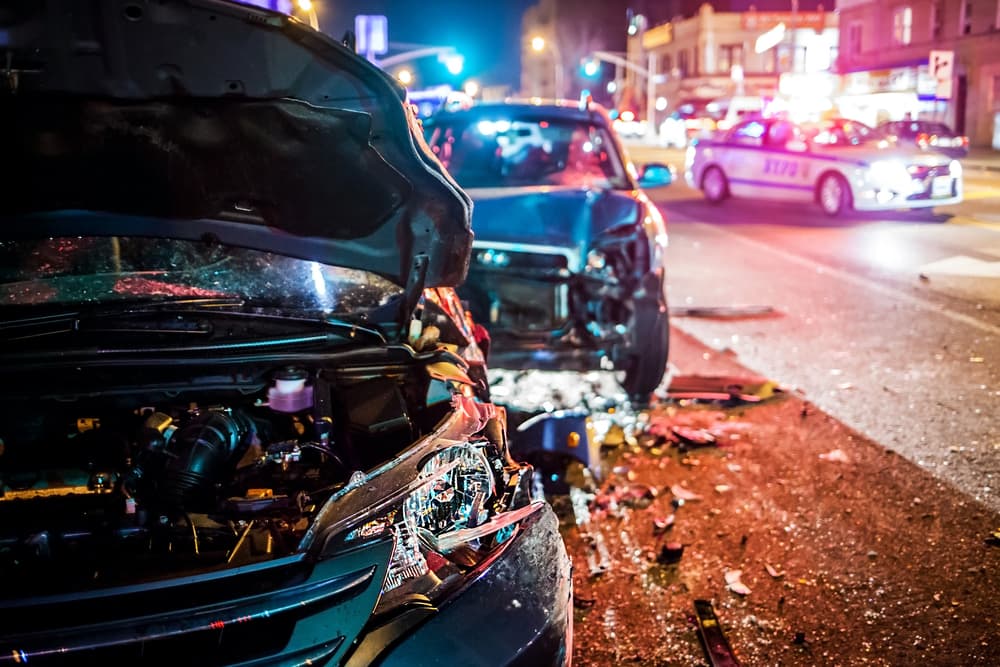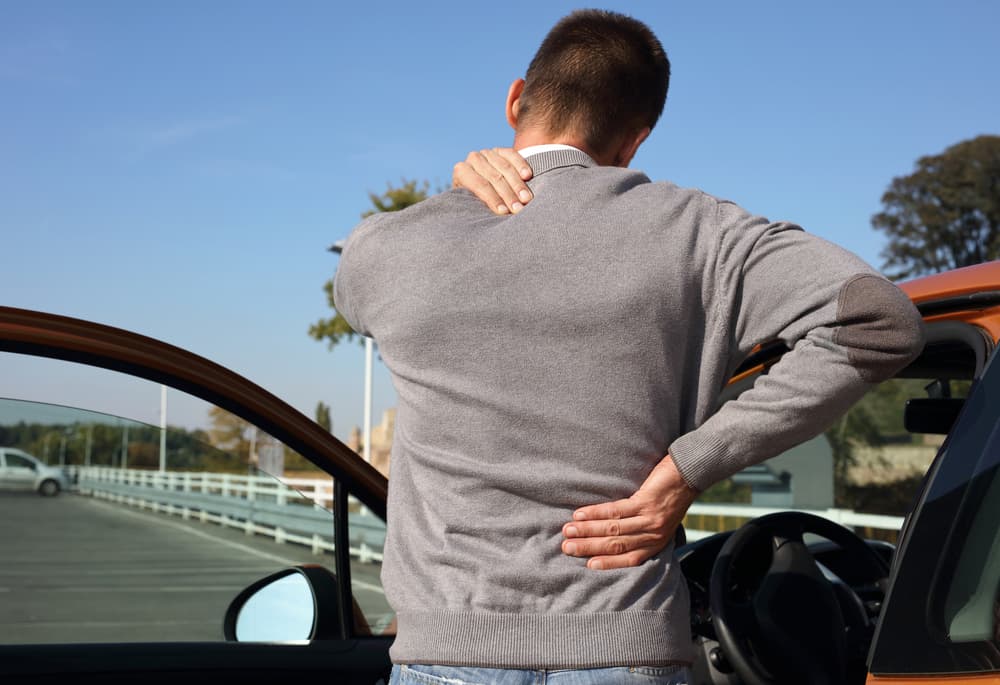Determining who is at fault in a car accident is important for legal and insurance claims and also for personal peace of mind. Determining fault involves looking at some basic principles of law and road rules. Here is a clear, easy-to-understand overview of how fault is typically determined in car accidents.
If you have been in car accident due to other driver's negligence reach out a seasoned car accident lawyer in your area immediately for seeking legal guidance.
Violations of Traffic Laws in South Carolina
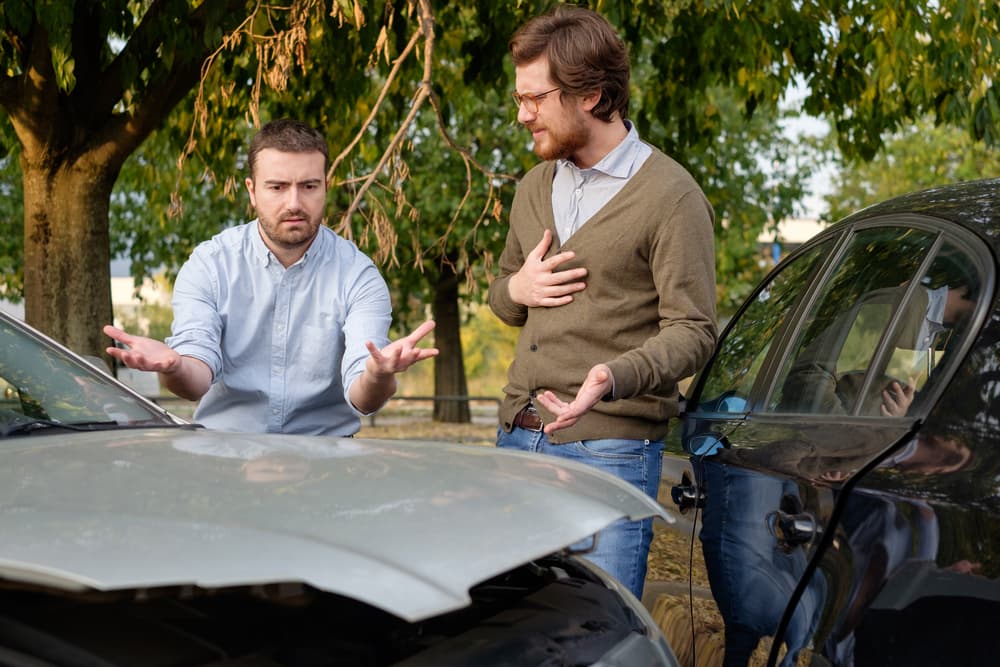
When we talk about violations of traffic laws as a first step in identifying who is at fault in a car accident, we're diving into a fundamental aspect of road safety and legal responsibility. Traffic laws serve as the rulebook for behavior on the roads. Lawmakers want to ensure that all road users – drivers, cyclists, or pedestrians – can safely and predictably get from one place to another safely and predictably.
To start, these laws cover a wide range of situations and actions. At the most basic level, they dictate how fast you can go (speed limits), where you can go (like one-way street rules), and who has the right to go first (yield signs and traffic signals). They also govern driving through intersections, merging into traffic, and safely passing other vehicles.
In an accident, violations of these laws form the basis of determining fault. For instance, if a driver runs a red light and collides with another vehicle that had the right of way, the driver who ignored the traffic signal is typically found to be at fault. This is because they violated a fundamental rule intended to regulate right-of-way at intersections, thereby contributing to the cause of the accident.
Speeding is another common violation that leads to accidents. Roads have speed limits for several reasons, including the type of area (residential, commercial, highway), the presence of pedestrians, and typical traffic conditions. Driving faster than the speed limit is not just illegal; it's also a factor in many accidents. A speeding driver has less time to react to changes on the road, and their vehicle requires a longer distance to stop. If an accident occurs and one driver is speeding, this can be a significant factor in determining fault, as their inability to safely stop or react in time can be the primary cause of the collision.
Failing to yield is another aspect of traffic laws. These rules establish who has the right to proceed first in situations where paths cross, such as at stop signs, yield signs, or unmarked intersections. When a driver fails to yield where required, they disrupt the expected flow of traffic, increasing the risk of a collision. If an accident occurs because a driver didn't yield when they were supposed to, this failure is a key element in determining fault.
Analyzing the Accident Scene
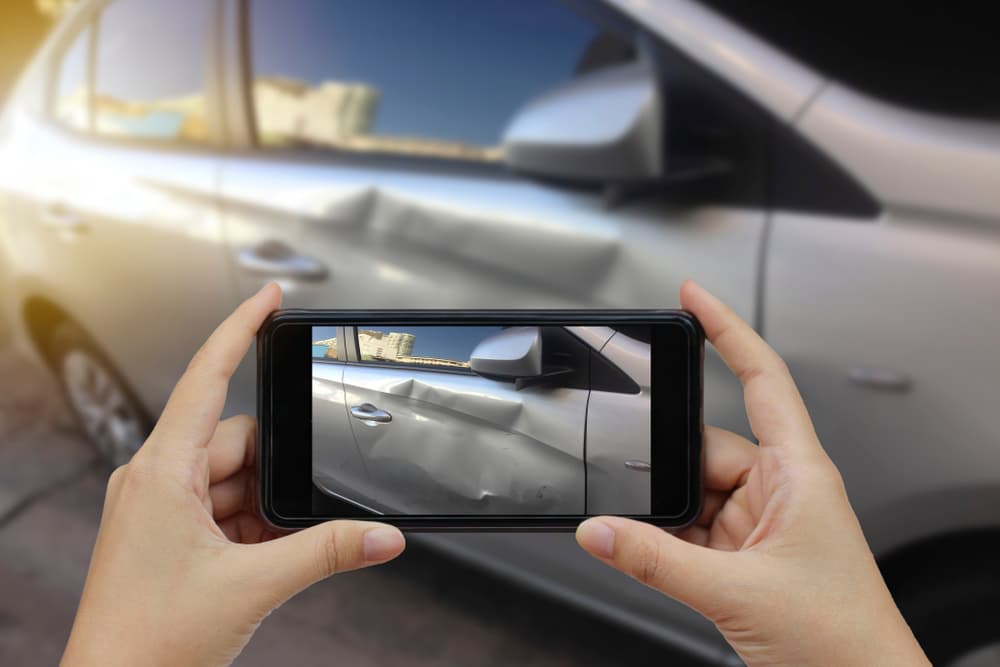
The accident scene is a key part of understanding a car accident. Analyzing the accident scene involves carefully examining where the accident happened and the type of damage each vehicle sustained. These details can provide important clues about how and why the accident occurred.
When we look at the location of the accident, we're not just considering the spot on the road where it happened. We're also taking into account factors like the type of road (is it a busy city street or a quiet rural road?), visibility (were there factors like a sharp bend, a hill, or bad weather that might have affected what the drivers saw?), and any road signs or signals (was there a stop sign or a traffic light, and was it functioning properly?).
All these elements can give us context for the accident. For instance, accidents at intersections might involve right-of-way issues, while those on highways might be related to speed or lane changing.
The nature of the damage to the vehicles is also highly informative. For example, if one car has rear-end damage and the other has front-end damage, it often points to a situation where one vehicle hits the back of another. In many cases, this can suggest that the driver of the car in the rear might be at fault, perhaps due to not stopping in time or following too closely. However, this is not a hard and fast rule. There can be circumstances where the leading car is at fault, such as if the driver suddenly reversed or stopped unexpectedly without reason.
In addition to the location of the damage, the severity and pattern of the damage can offer clues. A light scrape might indicate a different scenario than a crumpling of the car's frame. For instance, severe damage to the side of a car might suggest a side-impact collision, which can occur if a driver fails to yield at a stop sign or traffic light.
Another aspect to consider is the final resting positions of the vehicles. This can help reconstruct how the accident unfolded. For instance, if the vehicles land several feet away from each other, it might indicate a high-speed impact. On the other hand, if they're still in contact, it can suggest a lower-speed collision.
It's also important to consider any skid marks on the road, as they can indicate actions taken by the drivers before the collision, such as sudden braking or swerving. Debris from the vehicles can also help in piecing together the moments before and during the impact.
Eyewitness Accounts
Eyewitness accounts are often an element in understanding car accidents. These individuals, who have observed the events without being directly involved, can offer a perspective different from those of the drivers involved. Their observations can provide valuable insights, especially in cases where the drivers' accounts differ or certain aspects of the accident are unclear.
When an accident occurs, the drivers' perspectives are naturally influenced by their individual experiences and perceptions. Each driver may have a different view of how and why the accident occurred. This is where eyewitnesses become particularly important. Being external observers, they can provide a more objective viewpoint. Their descriptions of the accident can help corroborate or challenge the accounts the drivers give.
Eyewitnesses can contribute in several ways. They may have noticed details that the drivers overlooked or were unaware of. For instance, an eyewitness might observe that one of the cars was speeding just before the accident, or they might notice that one of the drivers appeared to be distracted, perhaps by a mobile phone.
They can also provide information about environmental conditions, such as the state of the traffic lights at an intersection or the weather conditions at the time of the accident.
However, eyewitness accounts are not perfect. Human memory can be flawed, and the stress or surprise of witnessing an accident can sometimes affect how people recall the events. That's why eyewitness accounts serve as one piece of a larger puzzle. Eyewitness accounts are usually combined with other evidence from the accident scene, like photos, physical evidence, and police reports, to form a complete picture of what happened.
When gathering eyewitness accounts, it's best to do so promptly. Memories can fade or become less accurate over time, so obtaining these accounts soon after the accident is ideal. Accounts from multiple witnesses are also ideal. Several perspectives can help construct a more accurate and comprehensive understanding of the accident.
Furthermore, eyewitnesses can also be helpful in legal proceedings. Their testimonies can support the claims made by either party involved in the accident. In court or during insurance claim processes, these accounts can play a role in establishing the facts of the case.
Police Reports
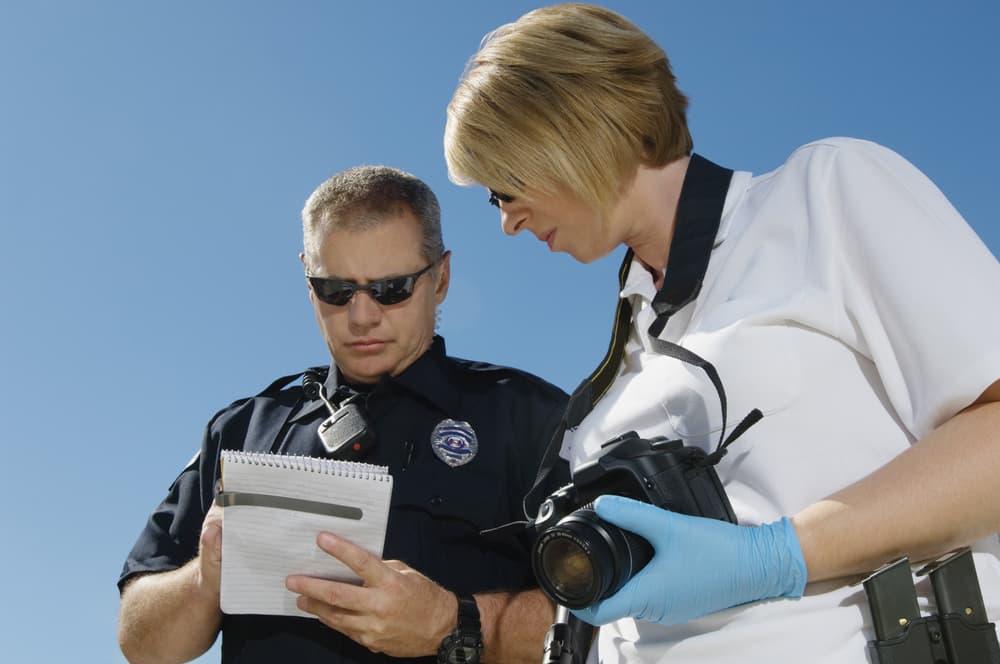
When law enforcement officers come to an accident scene, they conduct a preliminary investigation. This involves examining the scene, speaking to drivers and witnesses, and sometimes taking measurements and photographs. Based on these observations, the officers often include an opinion about who was at fault in their report. This aspect of the report can be particularly influential, as it reflects a professional assessment of the accident based on immediate evidence and observations. However, while a police report is an important document, it's not the definitive determination of fault. The officer's opinion can carry weight, but it's one piece of the broader puzzle that legal professionals and insurance companies will consider.
Consulting with Experts
In more complex or serious accidents, the insights of accident reconstruction experts can be invaluable. These expert witnesses use their knowledge of physics, vehicle dynamics, and engineering to analyze the available evidence, including vehicle damages, skid marks, and eyewitness accounts. They can often recreate the sequence of events leading up to, during, and following the accident. This scientific and technical analysis can shed light on important questions, such as the speed of the vehicles, angles of impact, and actions of the drivers. In legal cases, the testimony of an accident reconstruction expert can be a key factor in establishing fault and understanding the dynamics of the accident.
Insurance Companies' Role
Insurance companies conduct their own investigations into accidents involving their policyholders.
Their process typically involves:
- Reviewing the police report.
- Examining vehicle damage.
- Speaking with their policyholder and other involved parties.
- Sometimes, consulting with experts.
Insurance adjusters assess all the available evidence to determine fault as it pertains to the insurance policy and claims. The insurance company's fault determination is primarily for claims processing and is based on their policies and guidelines. While their assessment is important, especially for resolving claims and potential payouts, it may differ from legal determinations of fault in some cases.
Consulting with a South Carolina Car Accident Lawyer
A car accident lawyer will understand the importance of each piece of evidence collected regarding your crash. Whether it is video footage, witness statements, or an accident report, this evidence forms a pivotal narrative in both legal proceedings and insurance claims.
A lawyer can review all the evidence you've gathered. This includes a detailed analysis of photos from the vehicles and the accident site, revealing the positions of the vehicles, the extent and nature of the damage, and any marks on the road, like skid marks, that might indicate actions taken by the drivers before the collision. These details help reconstruct the accident and understand the actions of each driver.
Witness statements also form a part of the puzzle. Lawyers give attention to these independent accounts, as they can offer different perspectives and illuminate aspects of the accident that may not be immediately apparent. A lawyer will work to gather detailed and clear accounts of their observations, understanding their importance in piecing together the sequence of events.
Additionally, a lawyer will examine the relevance of road signs, signals, and environmental conditions at the time of the accident. Factors like the weather, road conditions, and visibility can greatly influence driving behavior and the dynamics of an accident. This comprehensive evaluation helps assess the drivers' actions and can help determine fault.
Collecting and analyzing evidence from an accident scene is intricate and demands an understanding of the legal and practical aspects of accident investigation. A lawyer’s experience in this area ensures they overlook no details. They recognize that the evidence collected is more than just information; it tells a story that benefits your case.
Contact a South Carolina Attorney to Determine Who is at Fault
Determining who is at fault in a car accident can be difficult. It involves understanding traffic laws, analyzing the accident scene, gathering evidence, considering eyewitness accounts, reviewing police reports, and, in some cases, consulting with experts. In this process, each piece of information contributes to building a clearer picture of what happened.
Remember, if you're involved in an accident, gathering as much information as possible can be immensely helpful in the fault determination process. For those seeking legal advice or assistance, consulting with a professional is always advisable. They can provide personalized guidance based on the specifics of your situation.

The good news is that most personal injury lawyers offer free consultations to car accident victims. This means that you can discuss the details of your case with a qualified attorney without any financial commitment or obligation.
During a free consultation, a Columbia personal injury attorney will listen to you and evaluate the merits of your case. They will provide you with an honest assessment of your chances of success and the potential value of your claim. This initial meeting allows you to gauge whether the lawyer is the right fit for you and if you feel comfortable working with them moving forward. There's no reason not to take advantage of this valuable resource.


